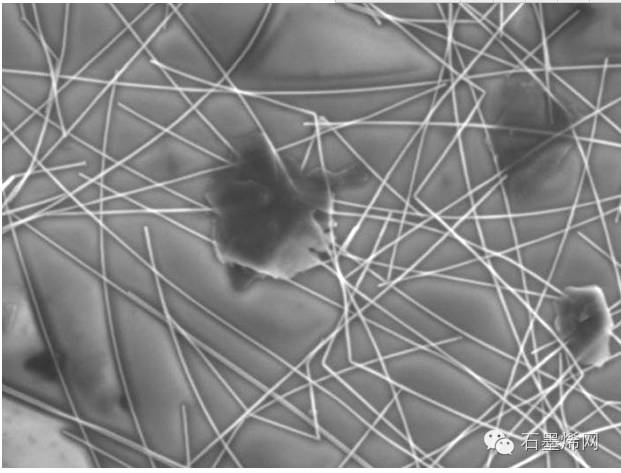Indium tin oxide (ITO) is often used as a transparent conductor to control the pixels of touch screen displays; however, there has been an increasing number of alternative nano-materials emerging recently. For instance, carbon nanotubes, silver nanowires, and graphene have become candidates for this application industry.
Recently, researchers at the University of Sussex in the UK have introduced a highly competitive material to replace indium tin oxide, which is a composite material made of graphene and silver nanowires.
Professor Alan Dalton’s laboratory at the University of Sussex conducted this research. In an email interview with IEEE Spectrum, he stated, “We only need a small portion of these nanowires to achieve the performance of ITO, so this composite material is relatively low-cost.” He added, “Graphene acts as a connector between the nanowires, meaning we require a less dense network structure. We used a film deposition method to deposit graphene on top of the nanowire spray coating.”
This composite material and silver nanowires have sparked significant potential for application in the transparent conductor market due to their low-cost advantages; it is estimated that by 2025, the growing demand for these conductors will exceed $900 million in sales.
As described in the journal Nanoscale, researchers demonstrated that the key to producing this material relies on a mathematical method that was previously used to describe phase changes, such as freezing transitions on a small scale.
“In this research work, we employed a mathematical method to calculate the minimum subpixel size while maintaining the performance of our nanowire electrodes,” explained Matthew Large, the lead author of the paper, in a press release. “This research outcome tells us how to adjust the nanowires to meet the demands of various application industries.”
Silver nanowires have proven to be one of the most promising alternative materials to replace ITO. Many well-known companies in the business sector, such as Cambrios and Blue Nano, have utilized this technology.
Dalton stated in a press release, “Under current technology, silver nanowires and silver nanowire-graphene composites may be the most viable alternative materials.”
Dalton believes that their new process can not only reduce the production costs of such materials but also decrease the energy demand for these materials, providing significant advantages both economically and in terms of performance compared to other materials.
Dalton and his research team collaborated with M-SOLV (in Oxford, UK) on this work, aiming to apply the recent research findings to commercial projects.

Image source from Sussex University’s Alice King.
http://spectrum.ieee.org/nanocla … uch-screen-displays